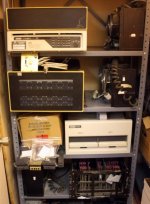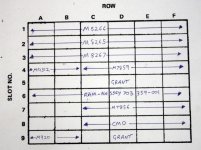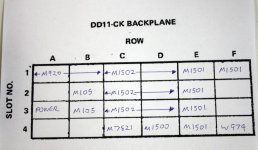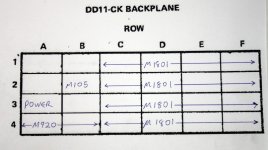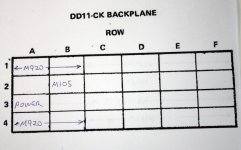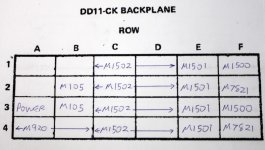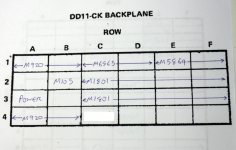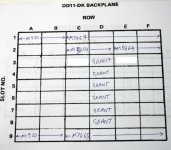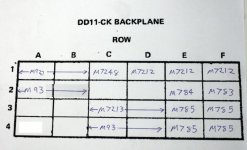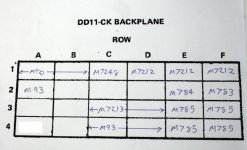Marty
Veteran Member
Hi All;
Robert, "" So, what would really help me today would be some advice on (a) any downsides to separating them like that and (b) whether it's safe to fire them up, briefly, before I do so. ""
I see no problem separating them, I would take lots of pictures, though, just in case you might want to put things back together at a later time..
On the Power supply, that is something that, needs more advice from those who actually have worked with these beasts.. But, having said that, here is what I can offer..
When trying especially for the first time or two 1. Do not put any boards in the machine, except maybe a terminator card, that way if something is wrong, especially if the voltage is too high, You won't blow up any boards that you cannot replace..
Measure All voltages.. I don't know if it will help or work with these kind of power supplies, but possibly a Dim Bulb Tester in line, might be a good idea as well..
Add a small board that is expendable, and remeasure the voltages..
I can't say about DEC Power Supplies, but on my old Varian, the Power Supply had drifted up from sitting around for too long and it put out 6.00 volts instead of 5.00 volts and that fried some things..
Let it run for awhile and re-measure.. Before adding anything of value to the mix.. And of course if any voltages are not within spec, don't go any further until it is fixed..
THANK YOU Marty
Robert, "" So, what would really help me today would be some advice on (a) any downsides to separating them like that and (b) whether it's safe to fire them up, briefly, before I do so. ""
I see no problem separating them, I would take lots of pictures, though, just in case you might want to put things back together at a later time..
On the Power supply, that is something that, needs more advice from those who actually have worked with these beasts.. But, having said that, here is what I can offer..
When trying especially for the first time or two 1. Do not put any boards in the machine, except maybe a terminator card, that way if something is wrong, especially if the voltage is too high, You won't blow up any boards that you cannot replace..
Measure All voltages.. I don't know if it will help or work with these kind of power supplies, but possibly a Dim Bulb Tester in line, might be a good idea as well..
Add a small board that is expendable, and remeasure the voltages..
I can't say about DEC Power Supplies, but on my old Varian, the Power Supply had drifted up from sitting around for too long and it put out 6.00 volts instead of 5.00 volts and that fried some things..
Let it run for awhile and re-measure.. Before adding anything of value to the mix.. And of course if any voltages are not within spec, don't go any further until it is fixed..
THANK YOU Marty

